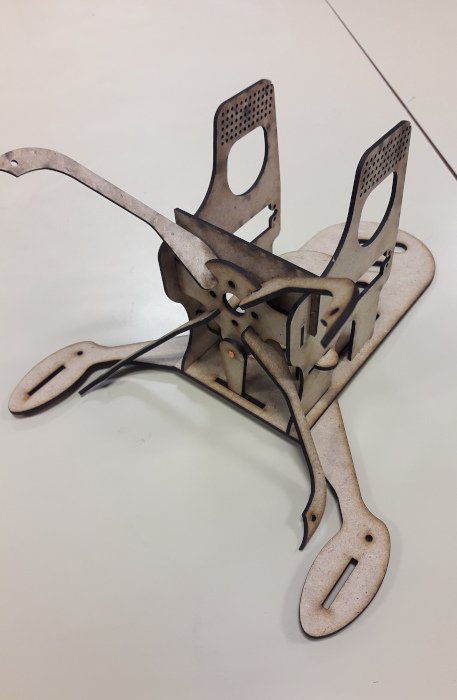Our first drone is out!
A little while ago, we decided to take on this crazy pet project in parallel of our studies in mechanical engineering and applied mathematics… building a paramotor drone from the ground up. And it turned out to be much more challenging than expected. Our first results offer so many interesting prospects though!
There it is, our first - actually flying - paramotor drone is out. We named it Dodo, after the extinct flightless bird that disappeared in the 17th century. You guessed it: it did not fly for long ![]() . What a source of lessons learnt though: this prototype is our gentle introduction to paraglider aerodynamics, drone-specific electronics and flight management.
. What a source of lessons learnt though: this prototype is our gentle introduction to paraglider aerodynamics, drone-specific electronics and flight management.
So what is this drone made of? Its architecture is very similar to that of a paraglider’s. Two servomotors to mimic the effect of a pilot’s arms and a powerful motor with a somewhat large propeller. Spaces on the sides to include our on-board computer and future instrumentation. The wooden structure was obtained by laser cutting, and a few parts were 3D printed. At the moment, the prototype is simply piloted using a radio-frequency (RF) remote: our first priority is to get hands-on experience with a paramotor’s behaviour.
This is both with great joy and humility that we are proud to share with you our first successful paramotor drone design!

For nostalgia’s sake, here’s where we actually come from: the Enterprise prototype, in reference to Star Trek for (more-or-less) obvious reasons. Too lightweight, too thin, too fragile, it did not make it though its first flight ![]() .
.
